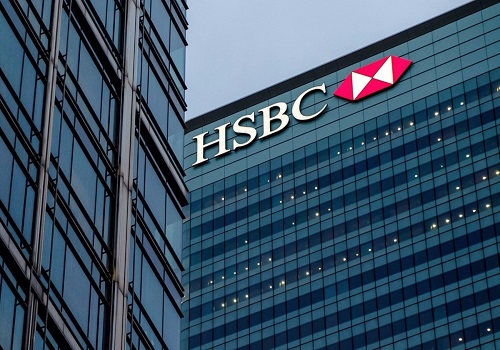Inflation eases in May’22 on anticipated lines, future trajectory still elevated By JM Financial Institutional Securities

Follow us Now on Telegram ! Get daily 10 - 12 important updates on Business, Finance and Investment. Join our Telegram Channel
https://t.me/InvestmentGuruIndiacom
Download Telegram App before Joining the Channel
Inflation eases in May’22 on anticipated lines, future trajectory still elevated
India’s retail inflation eased in May’22 to 7.04% from an eight-year high of 7.9% a month back, largely on the back of favourable base effect of last year’s when CPI spiked by 1.65% MoM, considerably higher than 0.94% MoM this year. Reflecting the impact of the Wave-2 effect in 2021, this favourable effect base year spike is seen across most components of CPI inflation this year. We see this effect lingering till Jul’22 after which the YoY inflation should start rising again in response to higher average buildup of cost pressure this year. This year the seasonal rise during Feb-May averaged at MoM of 0.89% vs 0.65% in 2021 and 0.43% during 2019. This strong inflation momentum denotes the impact of high pipeline inflation reflected in 6-month average WPI infaltion of 15%. Expecting the pass-through effect to linger in the months in the context of elevated global crude oil prices and INR/USD depreciation beyond 80, we anticipate inflation to average around 7% in the remaining past of FY23E. We expect RBI’s monetary liquidity normalisation and rate hikes to sustain including an additional 100-150bp repo rate hike during FY23 along with LAF balance normalisation to 0.5% of bank deposits from the current levels of 1.9% and Oct’21 peak of 5.4%
* Easing in CPI inflation attributable to favourable base effect, momentum still elevated: CPI inflation moderated to 7.04% in May’22 after recording an 8 year high of 7.79% in Apr’22, but was slightly above our estimates of 6.95% as base effects came into play. Although easing in inflation was broad based (also attributable to base effect), gains were still largely led by food and beverages – within which highest sequential gains were witnessed in vegetable (5.2% MoM, 18.3% YoY) and meat prices (2.5% MoM, 8.2% YoY). Overall, despite the favourable base effects annual inflation for most items remain elevated with Food at 7.9%, fuel at 9.5%, and clothing at 8.9%. Easing of gold prices reflected in moderation in inflation for miscellaneous category. The excise duty cut on the petrol/diesel in the last week of May’22 helped restrict the prices pressures for fuels to 1.4% MoM vs 3% MoM Apr’22.
* Core inflation moderates to 6.2%: Reflecting the favourable base effect, Core inflation (net of Food, fuel and intoxicants) also eased significantly to 6.2% from 7.4% in Apr’22. Inflation for miscellaneous category at 6.8% moderated from 8% in Apr’22. Rise in prices indices for housing and transport & communication moderated significantly after the steep rise last month. Clothing and footwear prices recorded steady rise (1% MoM, 8.9% YoY) indicating pass through of elevated cost pressures.
* Rural inflation moderates after the April spike-up, food inflation rise in urban: Rural inflation moderated to 7% from the peak seen last month at 8.4%. However, urban inflation remained unchanged at 7.1%. Sequential rise in both rural and urban indices came in at 0.95% MoM, which is fairly high. Urban food inflation (8.2%) was markedly higher than 7% in rural.
* RBI scaled-up inflation trajectory still has some upside, downside risk to growth guidance: The inflation outlook remains concerning given that it remains elevated despite the incomplete recovery in aggregate demand. Rising in pass-through of elevated input cost will likely keep retail inflation higher than RBI’s upper limit of 6%. While RBI has scaled up its inflation target for FY23 to 6.7%, a full 200bp higher than the initial projection six months back, there is still some upside given the context of higher crude oil prices, and rupee depreciation. While we think the headline inflation of 7.8% in April (current 7.04%) was the peak we expect it to average around 7% over remaining pat of FY23E. If global crude prices remain at the current range of USD 120-124/bbn, there will an upside risk to RBI’s 2H projections of 6.3%.
In addition, we anticipate downside risk of 20bp to RBI’s unchanged real GDP growth prospects of 7.2% (left unchanged in the last MPC announcement) due to sharper than projected slowdown in 2HFY23 (~4%).
* Deep negative real rates indicate 100-150 bps hike imminent: The real effective policy rate (measured as 14-day Mibor less the core inflation) is quoting in negative (~ -2.6%) in May’22. Although inflation moderated slightly in May’22, the real repo rate is deeply negative at -2.14% (4.9%-headline CPI at 7.04%) and -1.3%, given core inflation of 6.2%. Thus, to arrive at a neutral real rate of 1%, RBI will have to substantially increase the repo rate and tighten liquidity. Assuming that core inflation softens to 6% in the next 12 months, the short-term rates will need to be at 7% from the current level of ~4.5% (overnight call money rate). This would ideally call for about 200-250bp additional repo rate hike. However, if the normalisation comes more by way of liquidity moderation, over the next 12 months RBI can be expected to hike policy rates by another 100-150bp to 6.0-6.5%. We continue to expect India 10 year yield rising beyond 8% (CMP 7.6%) and INR/USD depreciating beyond 80 (78.16).
To Read Complete Report & Disclaimer Click Here
Please refer disclaimer at https://www.jmfl.com/disclaimer
CIN Number : L67120MH1986PLC038784
Above views are of the author and not of the website kindly read disclaimer


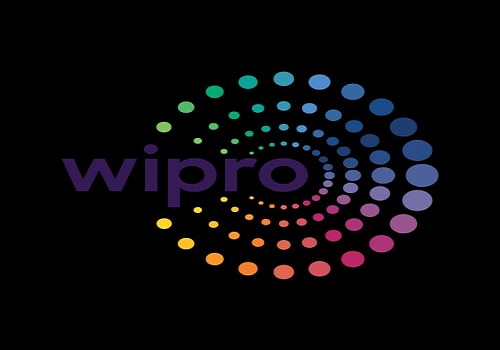



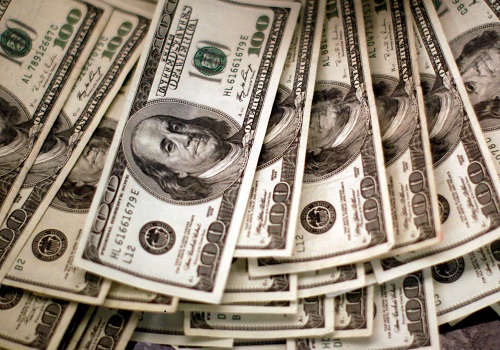


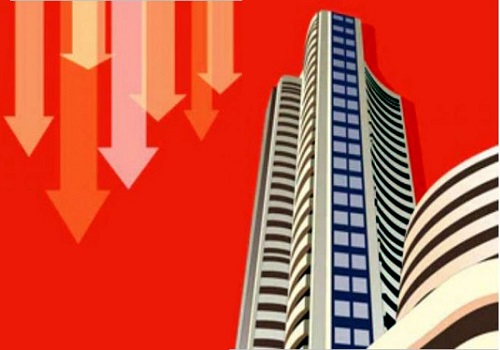


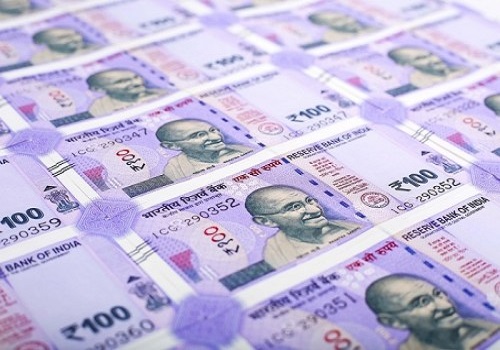

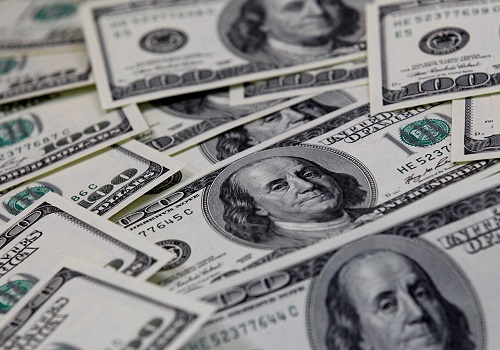
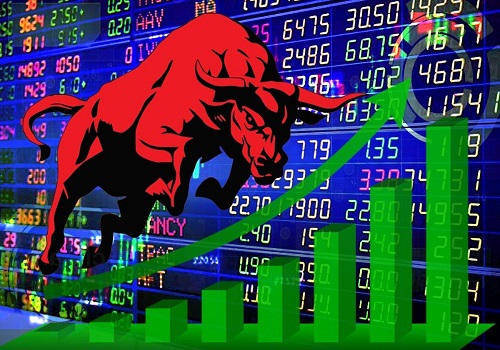

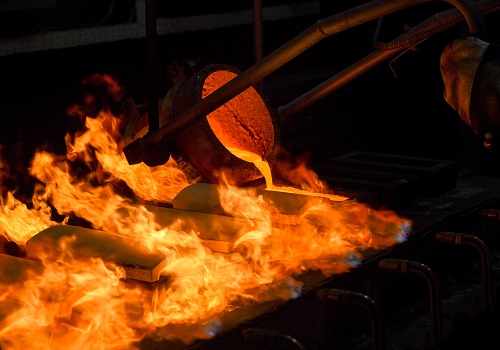
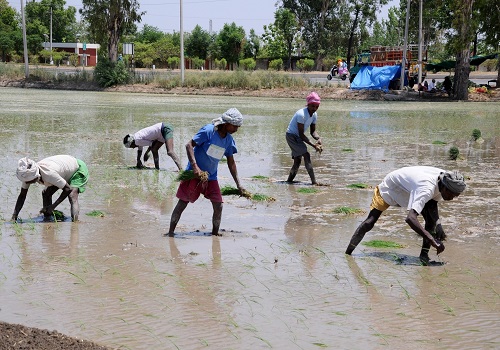
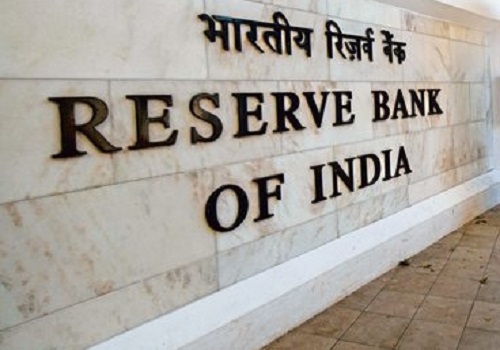
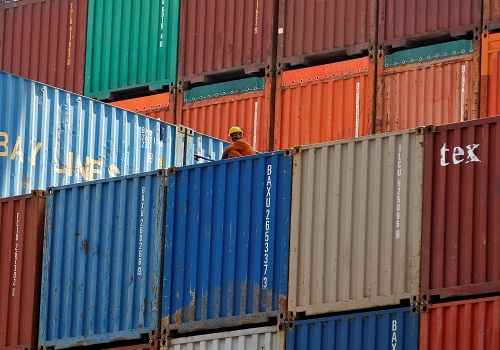

![Kotak [KIE] Pharmaceuticals: Jan Aushadhi - in the fast lane](https://portfolio.investmentguruindia.com/uploads/news/pharma_pi.jpg)
